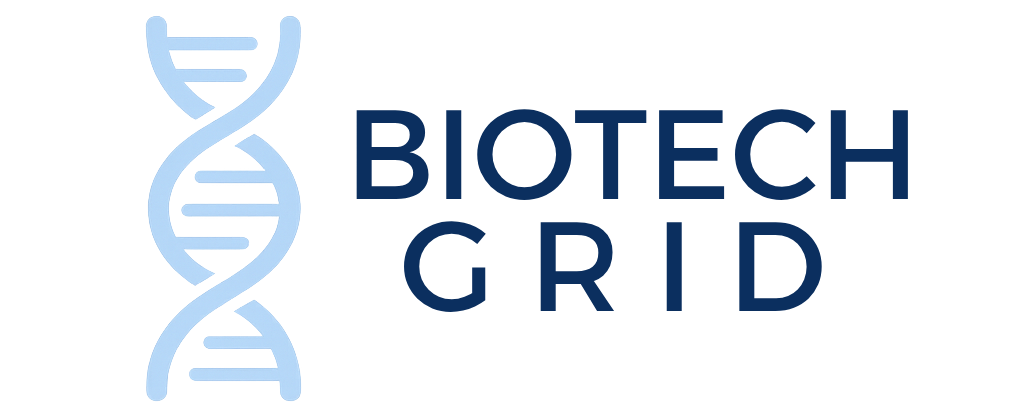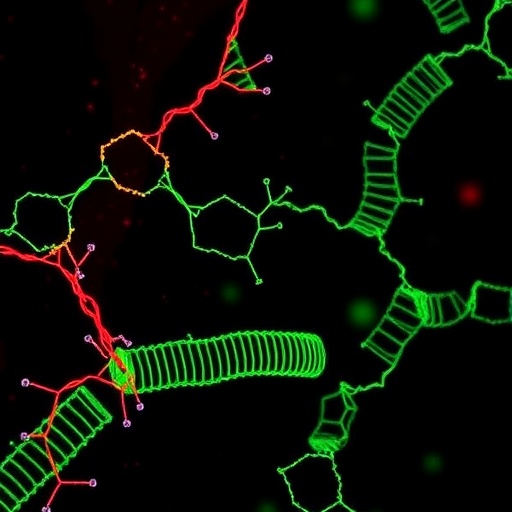
In a groundbreaking development that promises to reshape our understanding of bacterial infections, researchers have unveiled a novel approach for pinpointing the genetic determinants that underpin bacterial fitness during host infection. Utilizing an innovative technique known as inducible transposon mutagenesis, the team has been able to map, with unprecedented precision, the genetic components that bacteria rely upon to survive and thrive within the complex environment of a mammalian host. This pivotal study, recently published in Nature Microbiology, represents a significant leap forward in microbiology and infectious disease research.
The challenge of comprehensively identifying the genes critical to bacterial survival in vivo has long plagued scientists. Traditional genetic screens often fall short due to a lack of temporal control over mutagenesis, leading to the perturbation of essential genes that, when disrupted pre-infection, result in bacterial death and thus escape detection. The new inducible system circumvents this by allowing researchers to activate transposon insertion at specific time points during infection, thereby capturing the dynamic nature of bacterial gene function as it unfolds within the host.
At the heart of this methodological breakthrough is the finely tunable control of transposon activation, which is achieved through external stimuli or inducible promoters. This control permits the activation of mutagenesis only when bacteria have established infection, allowing for the interrogation of genes essential not at baseline but under the fluctuating conditions encountered during pathogenesis. Consequently, the approach illuminates the bacterial genes that contribute to fitness at various stages of infection, revealing a temporal map of genetic dependencies.
This inducible transposon mutagenesis strategy was employed in a murine model of infection, offering a physiologically relevant context for the genetic analysis. Mice provide a complex in vivo environment characterized by immune responses, nutrient limitation, and tissue-specific niches. By applying this technique in such a system, the research team has generated insights that are not only mechanistically rich but also translationally valuable, paving the way for targeted therapeutic strategies that incapacitate pathogens at critical junctures of infection.
The findings exposed a constellation of genes previously unrecognized for their role in bacterial fitness during infection. These genes span various functional categories, including metabolic pathways, stress response systems, and membrane transporters. Remarkably, some genes identified were dispensable under laboratory conditions but became indispensable within the host milieu, underscoring the importance of context in bacterial gene essentiality.
One notable aspect elucidated by this study is the adaptive plasticity of bacterial metabolism within the host. The inducible system revealed metabolic genes that switch on as bacteria encounter host-imposed nutritional immunity, a defense mechanism wherein the host deprives pathogens of essential nutrients. Understanding these metabolic adaptations opens new horizons for antimicrobial development, especially in an era of escalating antibiotic resistance.
Stress response genes also emerged as critical players. Bacteria must navigate oxidative stress, acidic pH, and immune effectors such as antimicrobial peptides during infection. The inducible mutagenesis unveiled the intricate network of stress response genes that orchestrate bacterial survival strategies, suggesting that targeting these systems could amplify host defenses and suppress infection progression.
Membrane transporters, which modulate the import and export of molecules, featured prominently among the fitness determinants. These proteins facilitate nutrient acquisition, efflux of toxic compounds, and communication with the host environment. The temporal identification of transporter genes essential at different infection phases highlights their potential as dynamic targets for intervention.
Interestingly, the approach also illuminated virulence factors traditionally associated with pathogenicity. Some classical virulence genes demonstrated variable essentiality, being critical only at specific infection stages. This temporal dependence provides nuanced insights into the bacterial pathogenesis sequence and suggests that therapeutic targeting might be optimized by timing interventions to correspond with windows of vulnerability.
The inducible transposon mutagenesis not only empowers large-scale functional genomics but also generates a layered understanding of bacterial gene function under real-world infection conditions. As the methodology matures, it is anticipated that this technique will become a cornerstone for dissecting the genetic architecture of diverse pathogens beyond the studied model, enhancing our capacity to combat infectious diseases broadly.
Moreover, the study’s implications extend into vaccine development. By identifying essential bacterial genes and proteins expressed during infection, this research lays a foundation for novel antigen discovery, aiding the design of next-generation vaccines that elicit robust and lasting immunity.
The refinement of this mutagenesis tool further allows for high-throughput screening and the potential integration with other omics technologies, such as transcriptomics and proteomics. This integrative approach promises a holistic view of bacterial physiology during infection, correlating gene essentiality with expression and protein function in situ.
Beyond bacterial pathogens, the conceptual framework established by inducible transposon mutagenesis may inspire analogous strategies in other microorganisms, including fungi and protozoa, where gene function during infection is equally enigmatic. The adaptability of inducible genetic perturbation systems heralds a new era in microbial pathogenesis research.
As antibiotic resistance continues to escalate globally, the urgency for innovative strategies to understand and disable pathogenic bacteria becomes paramount. This novel inducible approach offers a powerful weapon, enabling scientists to unravel the molecular underpinnings of infection with fine temporal resolution and specificity.
In conclusion, the publication detailing inducible transposon mutagenesis to identify bacterial fitness determinants during mouse infection stands as a landmark achievement. It exemplifies the fusion of cutting-edge genetic engineering with sophisticated infection models to yield actionable insights into bacterial survival strategies. This work opens avenues not only for fundamental biological discovery but also for translational advancements in antimicrobial therapy and vaccine design, with the potential to transform infectious disease management in the years to come.
Subject of Research: Identification of bacterial genetic determinants essential for fitness and survival during infection using inducible transposon mutagenesis in a mouse model.
Article Title: Inducible transposon mutagenesis identifies bacterial fitness determinants during infection in mice.
Article References:
Basta, D.W., Campbell, I.W., Sullivan, E.J. et al. Inducible transposon mutagenesis identifies bacterial fitness determinants during infection in mice. Nat Microbiol (2025). https://doi.org/10.1038/s41564-025-01975-z
Image Credits: AI Generated
Tags: bacterial infection genesdynamic gene function in bacteriagenetic determinants of bacterial fitnesshost infection survival strategiesinducible transposon mutagenesisinnovative genetic screening methodsmammalian host environment adaptationmapping bacterial genetics in vivomicrobiology and infectious disease researchprecision in genetic research methodstemporal control over mutagenesistransposon insertion techniques



